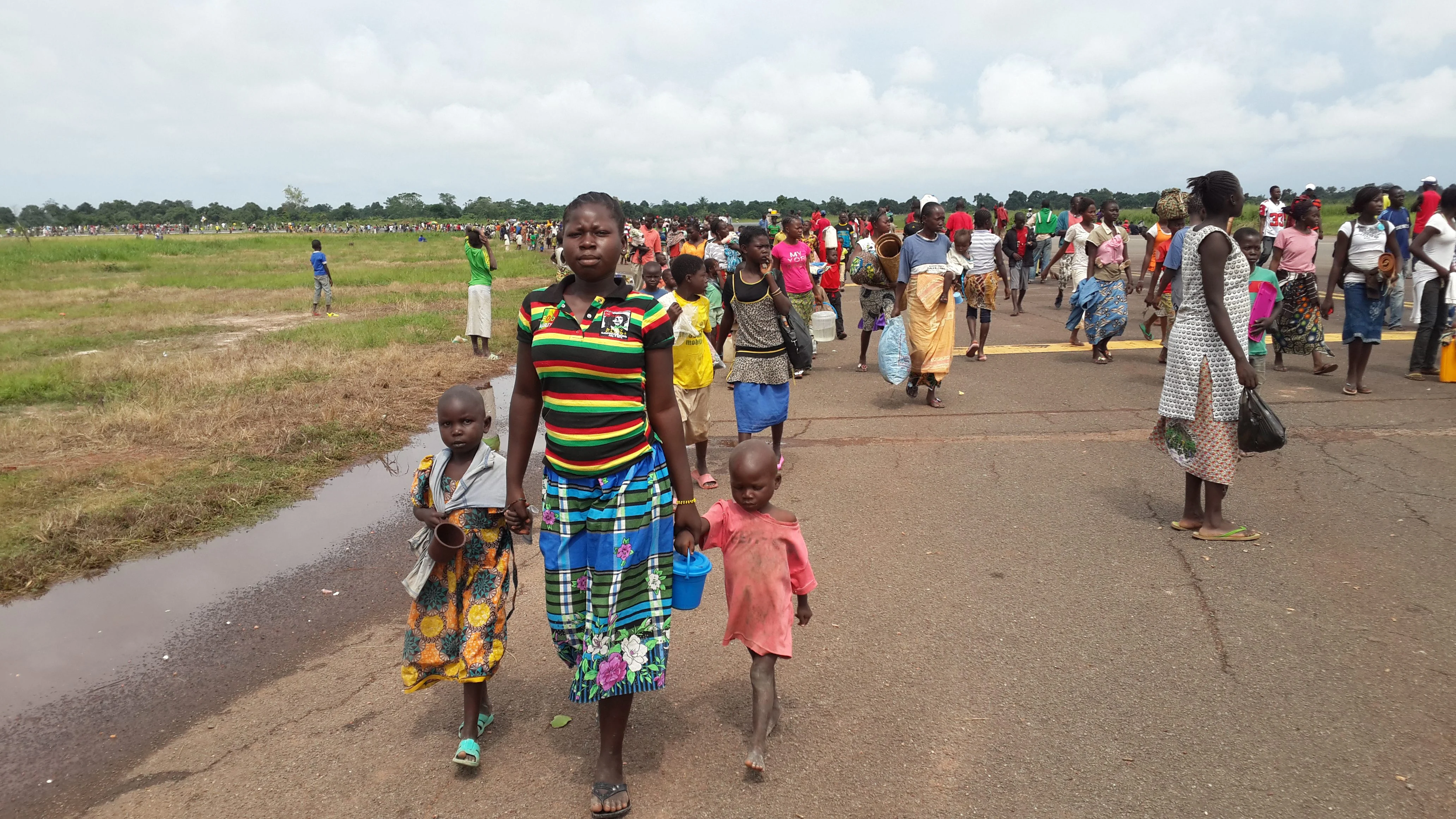
Purity Chenjerayi (34) from Ndoorwi village in Gutu District, Masvingo province says water harvesting features have increased soil moisture and contributed to increased yields. Photo: David Seth Foundation
I grew up in Ndoorwi village located in Gutu district in Masvingo province which is about 230 kilometres south of Zimbabwe’s capital city, Harare. Gutu district is a very hot and dry area and water scarcity has always plagued the district.
Often, families are hungry, have poor diets and struggle to get meaningful income as crops wilt in the fields. Growing up in that situation, I thought this was our curse and we could do nothing to escape it until I met Nelson Mudzingwa. Nelson is a small-scale farmer who lives in Shashe community, about 150 kilometres from Gutu district in Masvingo province.
Shashe is an area very much like Gutu, plagued by poor rainfalls and high temperatures, but unlike my community, this did not seem to affect Nelson and other farmers around him because they were successfully growing crops, eating a balanced diet and having enough to sell despite the harsh climate. I was very eager to learn how Nelson and other farmers in his vicinity had managed to do this.
I eagerly participated in a learning visit around Nelson’s field. During this visit, I learned how Nelson and other farmers around him are implementing water harvesting techniques that capture rainfall and runoff, allowing more water to sink into the ground and thereby keeping the ground moist for longer.
Nelson showed us his water harvesting structures and explained how they harvest water and enabled even distribution of water in the field to create good growing conditions for all plants. During the visit, we had a practical session where we constructed some contours that were 50cm wide by 1m deep. The aim of the group work was to ensure that we had mastered the concept so that when we get back home, we would implement what we had learned.
After the exchange visit, we went back home to start implementing everything that we had learned. I completed digging some water harvesting features at my homestead before the start of the rain season. When it started to rain, I observed that a lot of water was collecting in the contours, there was no runoff out of the fields. When I started planting, I noted that soil moisture was sustained for a longer period after the rains. That year, there was an improvement in the quantity of my yields.
This has motivated me and other members of the group that went for the learning visit and we have continued to construct more water harvesting features at our fields. I am happy that the knowledge I gained from the exchange visit is contributing positively to my farming operations.







